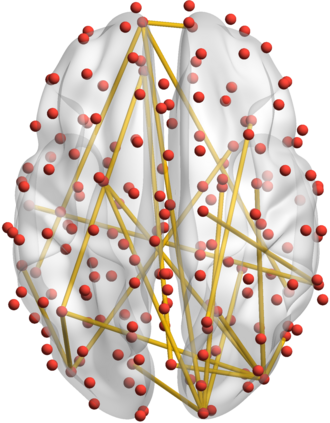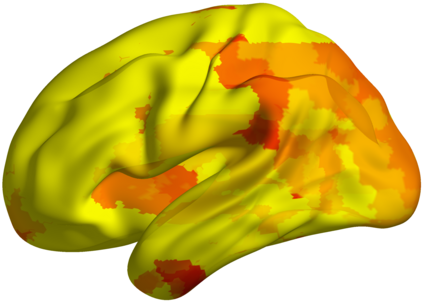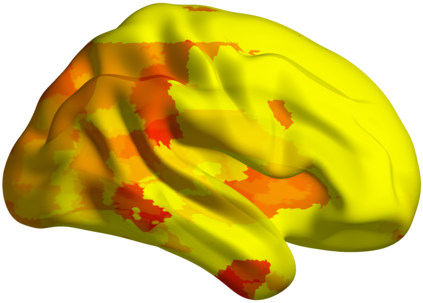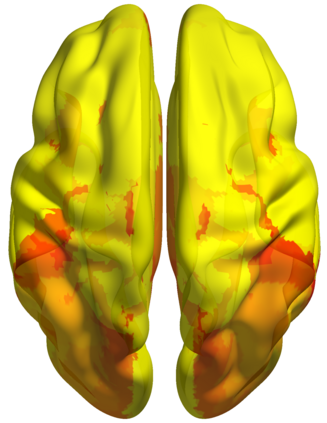The problem of identifying anomalies in dynamic networks is a fundamental task with a wide range of applications. However, it raises critical challenges due to the complex nature of anomalies, lack of ground truth knowledge, and complex and dynamic interactions in the network. Most existing approaches usually study networks with a single type of connection between vertices, while in many applications interactions between objects vary, yielding multiplex networks. We propose ANOMULY, a general, unsupervised edge anomaly detection framework for multiplex dynamic networks. In each relation type, ANOMULY sees node embeddings at different GNN layers as hierarchical node states and employs a GRU cell to capture temporal properties of the network and update node embeddings over time. We then add an attention mechanism that incorporates information across different types of relations. Our case study on brain networks shows how this approach could be employed as a new tool to understand abnormal brain activity that might reveal a brain disease or disorder. Extensive experiments on nine real-world datasets demonstrate that ANOMULY achieves state-of-the-art performance.
翻译:辨别动态网络中的异常现象是一项基本任务,其应用范围很广。然而,由于异常现象的复杂性,缺乏地面真相知识,以及网络中复杂和动态的相互作用,它提出了关键性挑战。大多数现有方法通常都是研究在顶端之间有单一类型联系的网络,而在许多应用中,物体之间的相互作用则各不相同,产生多式网络。我们建议为多式动态网络提供一个通用的、不受监督的边缘异常现象检测框架,ANOMULY将不同GNN层次的结点作为等级节点,并使用GRU细胞来捕捉网络的时间特性,并随着时间的推移更新节点的嵌入。我们随后增加了一种关注机制,将不同类型关系的信息纳入其中。我们对大脑网络的案例研究表明,如何将这种方法用作一种新工具,以了解可能显示脑疾病或混乱的不正常的大脑活动。在九个真实世界数据集上的大规模实验表明,ANOMULY取得了最新业绩。










